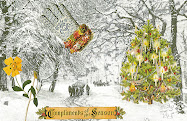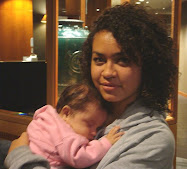My niece Jade made this valentine this year. I like the messages a lot, especially "Love makes you adore things." Jade makes art every day, and the dog and cat at the bottom of the page are frequent signature images. It can be hard to talk about love, but Jade does so here in a profound and emotionally intelligent way. We adore you, Jade!
 I started a flickr page, finally, where I was able to edit this photo through an application called picnik, and then post it directly here. Not sure yet if I like this process, though, as you can't resize the image by clicking on it, or save the edited photo to your desktop. (I think you can do those things if you upgrade to a not-free version of picnik). I'm also not crazy about the black frame around the photo, preferring the more subtle frame that comes with image uploads here at blogger. You can link to the flickr page directly, though, where a larger version of the valentine shows you the dog's heart-shaped tail.
I started a flickr page, finally, where I was able to edit this photo through an application called picnik, and then post it directly here. Not sure yet if I like this process, though, as you can't resize the image by clicking on it, or save the edited photo to your desktop. (I think you can do those things if you upgrade to a not-free version of picnik). I'm also not crazy about the black frame around the photo, preferring the more subtle frame that comes with image uploads here at blogger. You can link to the flickr page directly, though, where a larger version of the valentine shows you the dog's heart-shaped tail.Meanwhile, we received the message below from one of Andreas's colleagues, who just took his family to Chile a few days ago, for a stint of research. Sam Martland is an assistant professor of history and Latin American studies; one of his areas of expertise is disasters and modern society since 1700.
Dear Folks,
We did get a rude awakening last night (earthquake at 4 am or so), and we are without power or telephone, but no one was hurt and the house we are staying in had no serious damage (a big piece of art glass fell over and smashed, water sloshed out of the pool, and a few books fell off). I walked a few blocks to a house of friends where there is electricity and internet. The supermarkets are closed and in some places the traffic lights don't work, and we understand that the Metro is not running, but other than that everything is more or less normal here. Santiago, we gather, is not much damaged. Schools are opening a week late. Santiago is also well inland.
Standing under the front door frame as the earthquake finished -- it had been a bit like walking on a ship to get there -- we recollected that we had a crank-up radio and light, plus crank flashlights that we'd brought as gifts. Instant disaster supplies-we tuned in and heard enough to know that there was not in fact a disaster where we were. The host kids are quite taken with the lights and our radio. Later on we heard about the more serious damage in and around Concepción:
The epicenter, near Concepción, is about 250 miles south of here. Concepción seems to have suffered some serious damage, fires, etc., but still with deaths numbered in the very low hundreds if that. I've only heard snatches of radio.
The upshot is that we are not worried about anything except whether the start of school will be delayed, and finding an apartment. Everyone can be confident that we are well. The kids may actually have enjoyed it after a fashion. Actually, they were invited to come visit other kids here where I am writing --two different American-Chilean families -- but didn't want to leave the pool and perhaps felt a bit shy. I made a comment in the church newsletter that we were going to have the unusual experience of living ordinary life. This is not exactly ordinary, but it is the sort of thing not every tourist sees.
Sam
Feel free to circulate this to anyone who might be interested to know (including departments, congregations, random acquaintances, etc.)
So already on this Sunday morning, a little excursion from emotional beauty to natural disaster to something that passes for ordinary life. Tonight I hope to attend a concert by the Voces Novae chamber choir, called The Proper Resolution of Dissonance: Music of Billings, Palestrina, Purcell, and Vivaldi. The title makes me think that, somehow, this (and the rest of it) all fits together.






























































































































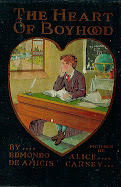


























































.jpg)














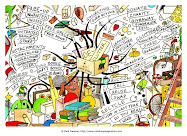












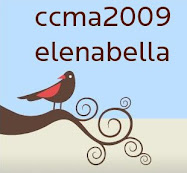




























































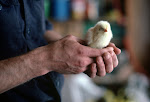
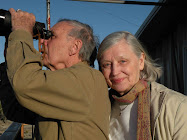
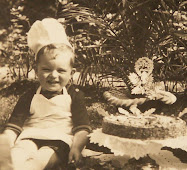














































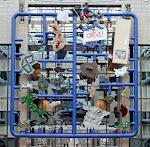.jpg)
















